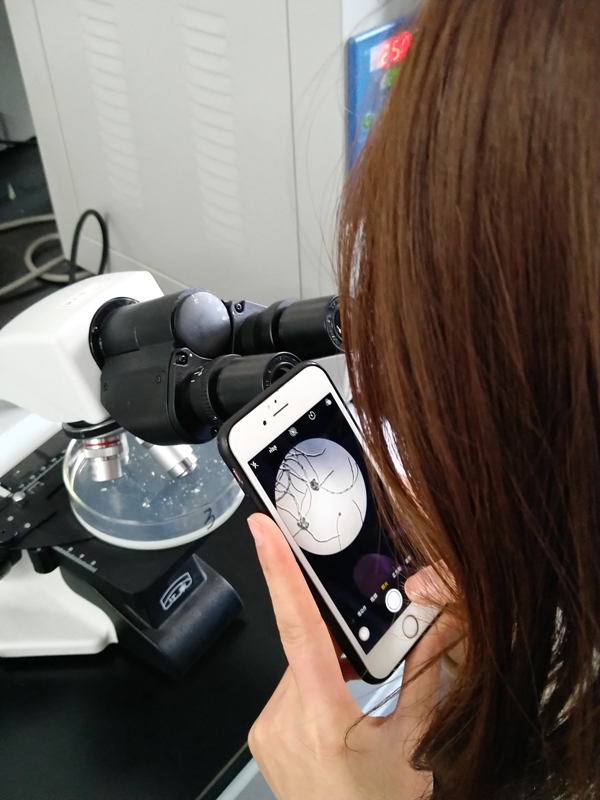Oct . 30, 2024 21:04 Back to list
use pear pollen to get a good harvest service
Using Pear Pollen to Achieve a Bountiful Harvest An Insight into Agricultural Practices
Agricultural productivity is a cornerstone of food security, and growers are constantly seeking innovative methods to enhance crop yields. One such method gaining traction among horticulturists and fruit farmers is the utilization of pear pollen in the pollination process to achieve a more fruitful harvest. Pear trees, known for their delicious fruits and beautiful blossoms, can significantly benefit from strategic pollen use. This article explores how pear pollen can lead to increased fruit production and healthier orchards.
Using Pear Pollen to Achieve a Bountiful Harvest An Insight into Agricultural Practices
Another significant benefit of pear pollen is its potential to increase fruit size and quality. When cross-pollination occurs, fruits typically develop larger and with superior taste profiles compared to those resulting from self-pollination. An operator can collect and store pear pollen for optimal timing, ensuring that it is used when pollination is most effective, such as during the peak bloom period of pear blossoms. This strategic application can enhance fruit development throughout the growing season.
use pear pollen to get a good harvest service

Moreover, using pear pollen can help mitigate the effects of poor weather conditions that may inhibit the activity of natural pollinators. In years with unseasonal rains or cold spells, many growers find that their trees produce fewer fruits due to limited pollination activity. By supplementing with controlled pear pollen application, farmers can safeguard their harvests, ensuring that trees are adequately pollinated regardless of external conditions.
Implementing pear pollen in agricultural practices requires careful planning. Growers should identify the most compatible varieties for cross-pollination to ensure effective fertilization. Additionally, the correct timing of pollen application is critical; pollen should be applied during the flowering period when the stigma is receptive. Employing advanced techniques for pollen application, like using a fine brush or even custom-designed pollen dispensers, can significantly enhance pollination efficiency.
For growers looking to maximize their yields, combining traditional cultural practices with innovative techniques such as pear pollen application can lead to substantial improvements in harvest productivity. Not only does it promote greater fruit set, but it also enhances the overall resilience of the orchards. In conclusion, embracing the potential of pear pollen is an exciting frontier in sustainable agriculture that can lead to healthier trees, larger fruit, and ultimately, a more successful harvest season. By taking advantage of this natural resource, farmers can ensure that they remain ahead in the ever-evolving agricultural landscape.
-
Pollen Peach Tree for Pure Pollination and High-Quality Peach Pollen
NewsJul.30,2025
-
Premium Cherry Pollen for Pure Pollination & Different Types
NewsJul.30,2025
-
Artificial Pollination Solutions for Various Plant Pollen Types
NewsJul.29,2025
-
Artificial Pollination Solutions for All Plant Pollen Types
NewsJul.29,2025
-
Premium Plant Pollen for Pure Pollination & Pollen Block Solutions
NewsJul.29,2025
-
Artificial Pollination Solutions for Efficient Crop Yields
NewsJul.28,2025